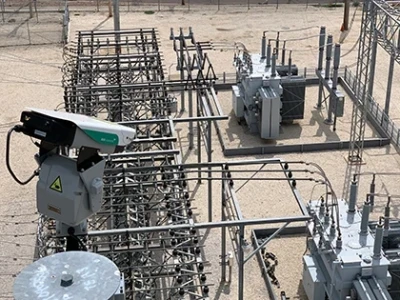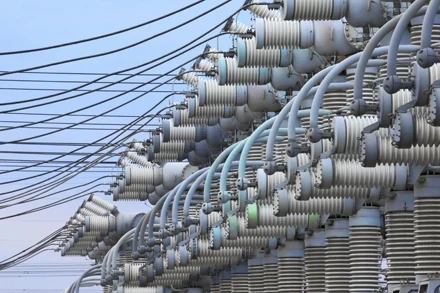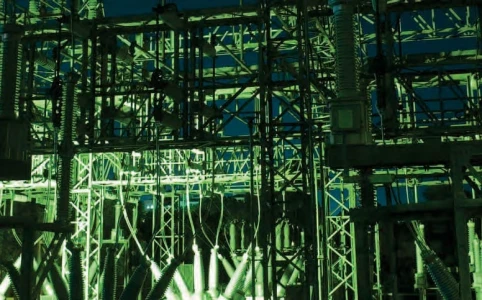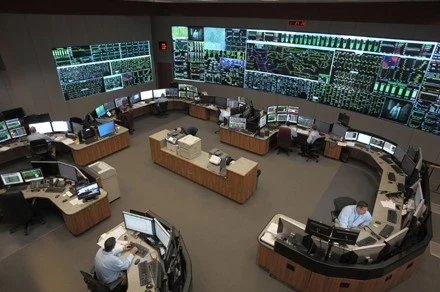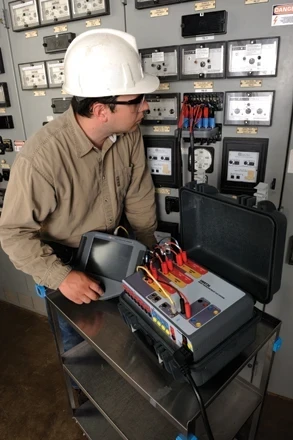The Fight Against Animal-Caused Power Outages

Every day across the country, animals enter substations for warmth, food, security, or simply out of curiosity. In many areas, wildlife intruding into power equipment has become the leading cause of outages – even more common than storms or vegetation.
A single substation outage can cost tens of thousands of dollars in equipment repair or replacement, man hours and more. The annual cost to utility companies for recovering from animal-related outages is estimated in the billions of dollars, not including the cost of lost commercial activity, lowered productivity, and consumer dissatisfaction.
So – what’s the solution for deterring an animal’s natural instinct to enter a substation? Enter TransGard, which began its proven system of animal mitigation in 1990, and continues each year to add to its offerings of tools for substation protection against bird and animal intrusions.
PATENTED FENCE KEEPS CLIMBING ANIMALS OUT
In 2015, Former National Security Agency Deputy Director John C. Inglis said that squirrels were the number-one threat to the U.S. electrical grid — even more than terrorism or cyberattacks. With increasing annual needs for power and shrinking animal habitats, that threat clearly hasn’t diminished.
For years, engineers and technicians have attempted to prevent or discourage incursions from squirrels, raccoons, snakes, and other animals by using an array of methods: from bushing and line guards, to decoy predators, insulator coatings, and more. These measures have had some temporary success, but they haven’t provided permanent solutions: as an APPA representative noted in The Washington Post, “Animals aren’t just smart, they’re persistent.”
TransGard has found a way to use an animal’s own behavior and experience to teach them that a substation is not a hospitable place to visit.
WHY FENCES WORK
TransGard’s patented fencing system delivers a humane, electric shock to climbing animals, keeping them from entering substations and encouraging them not to return.
The technology behind this type of electric fencing uses an animal’s own behavior against it. Squirrels, for example, have a habitat that can stretch across acres. Squirrels and raccoons also have very accurate “spatial memory” — that is, a knack for remembering key locations and landmarks in their environment.
Just as these animals remember key areas in their environment, they also remember the location of a negative or dangerous experience, such as an uncomfortable jolt at a substation. That memory reinforces the instinct to avoid the unpleasant sensation the fence can cause.
TransGard’s fencing currently protects more than 4,000 substations across the U.S, but even with a proven system, TransGard continues to find ways to make its fences even more effective.


